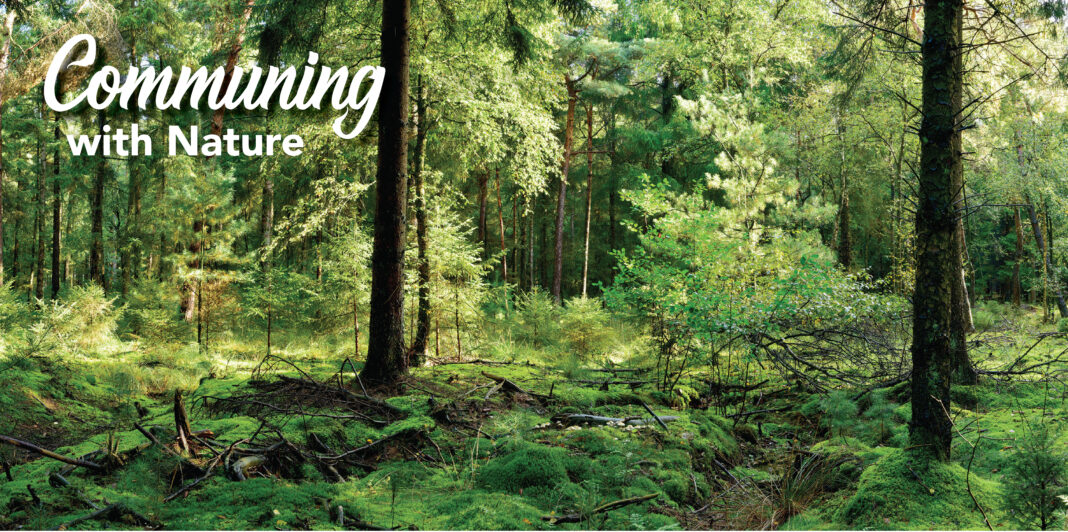Communing with Nature: Find Yourself and Birds in the Texas Piney Woods
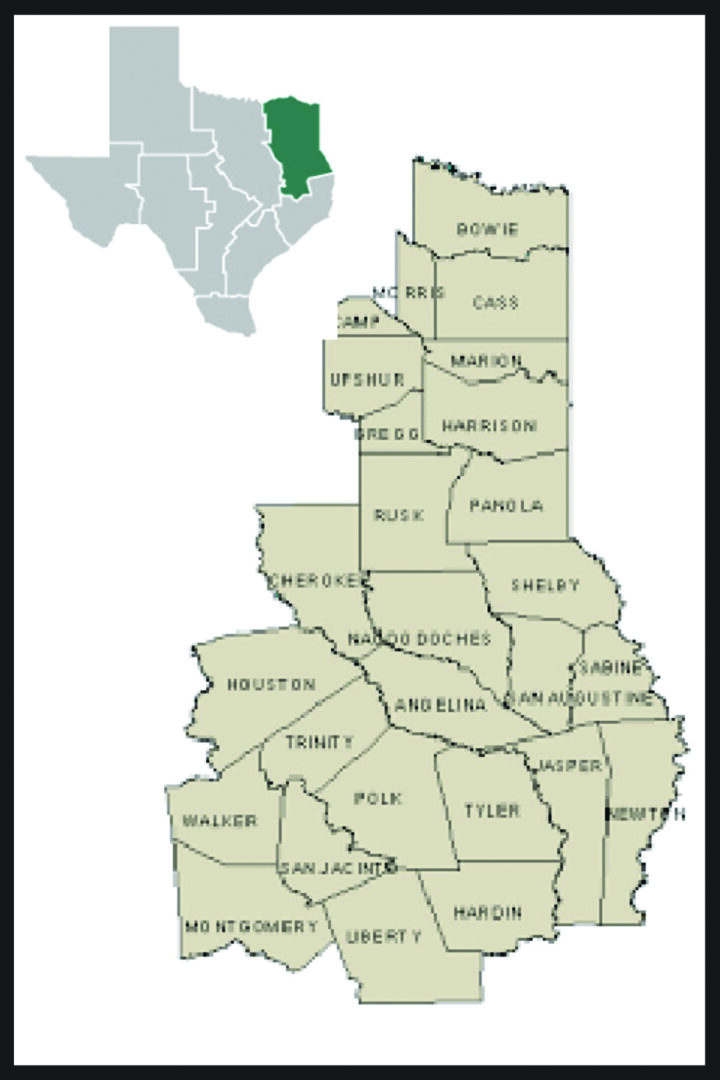
Most Texans know the northeastern corner of the state as the “Piney Woods,” because it is the most forested part of Texas with an abundance of water sources. Also called the West Gulf Coastal Plain, it supports 353 bird species, which is 57% of the species documented in Texas. A diverse portion of the Piney Woods is easily accessible to northern residents of the Houston metroplex for daytrips, weekends or more.
Three “specialty birds” of the Piney Woods are the red-cockaded woodpecker, brown headed nuthatch, and Bachman’s sparrow, and in Texas they are found exclusively in this region. Birdwatchers know that populations of several other rare or local species can primarily be found in this region, including swallow-tailed kite, fish crow, Swainson’s and prairie warblers, and Henslow’s sparrow (winter). In fact, these species reach the western part of their U.S. range in the Texas Piney Woods.
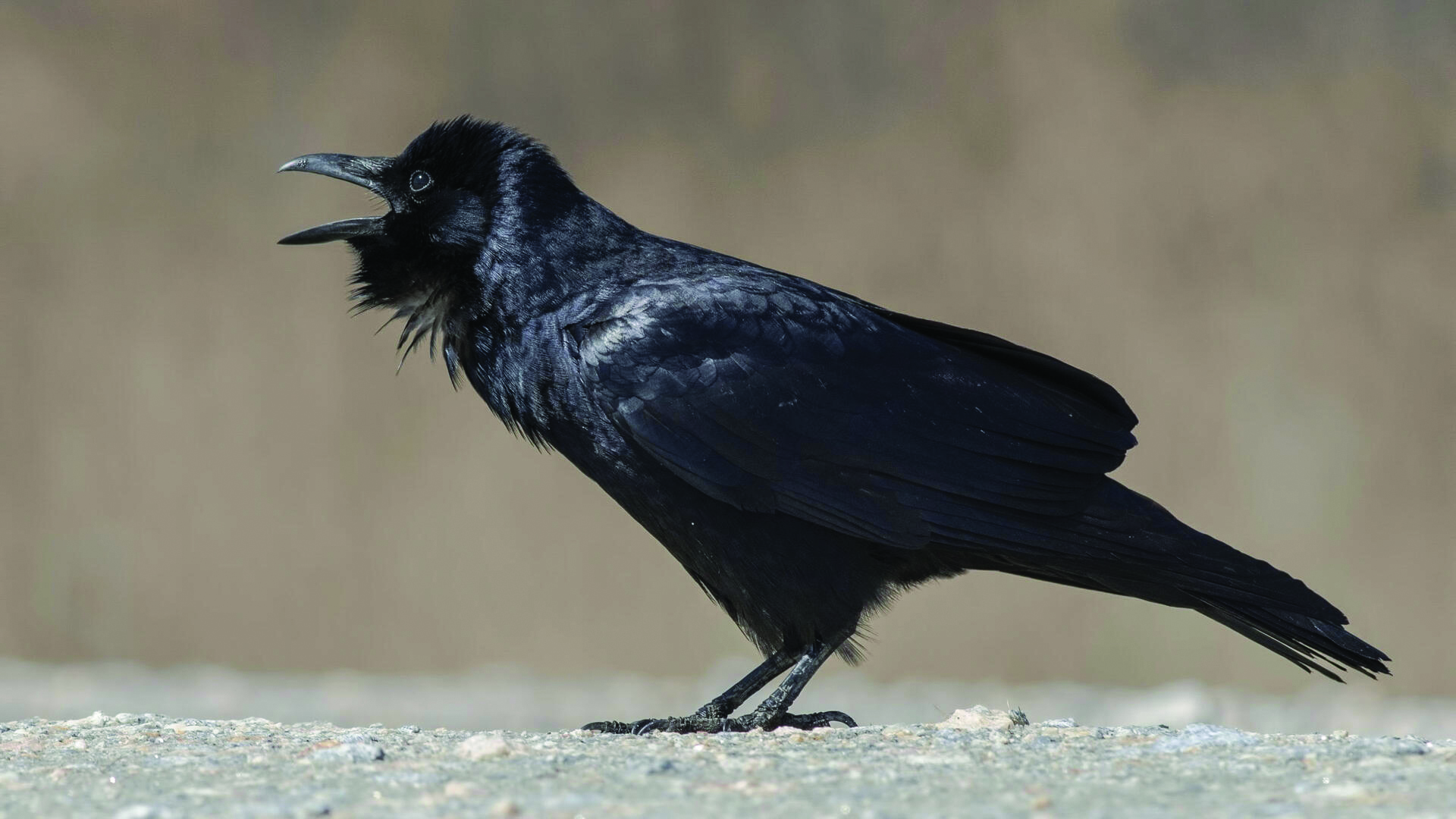
Not often seen in the Piney Woods but they do make special appearances.
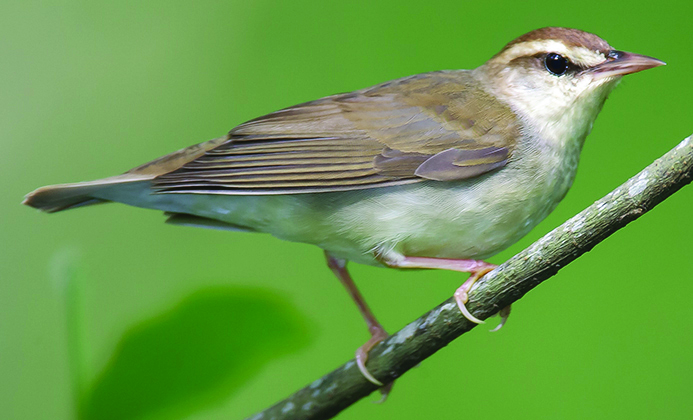
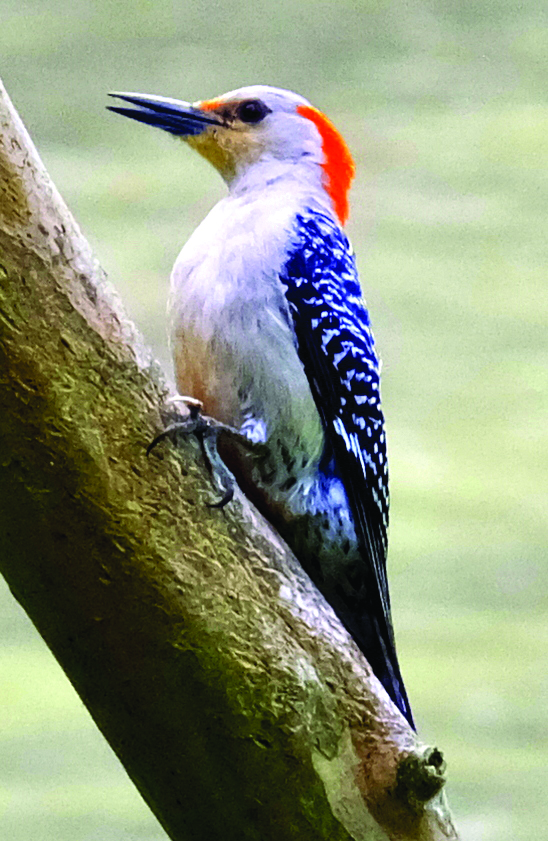
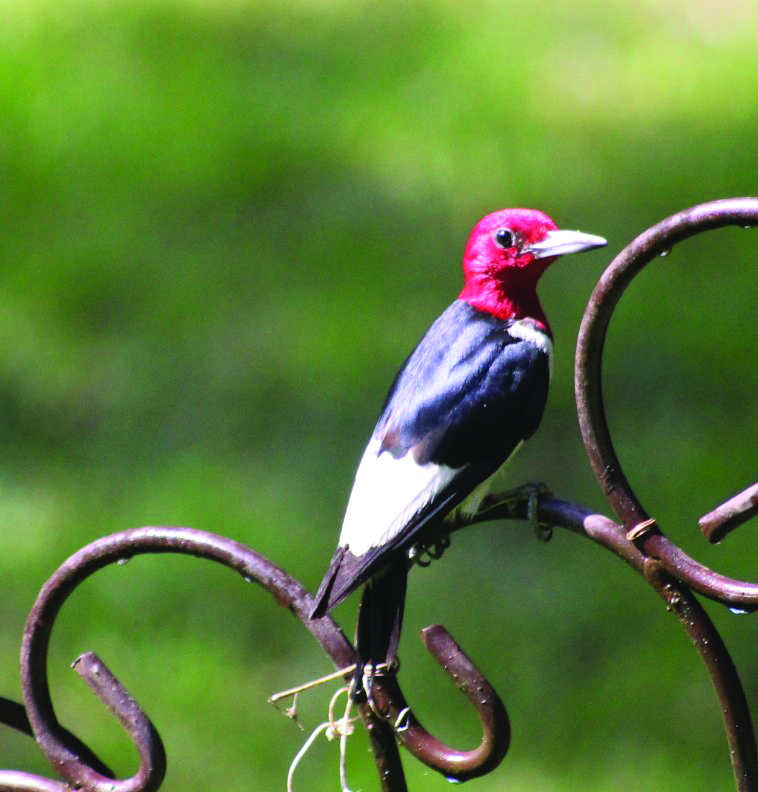
The Piney Woods welcomes a generous amount of rain; typically, from 35-60 inches of rainfall each year. While the southern third of the region is fairly flat, the remainder features gently rolling hills with elevations ranging from near sea level to about 600 feet above sea level. In addition to pine forests, there are a great diversity of habitats, everyone extensively altered by man. Here’s a partial list: bottomland hardwood forests, mixed pine-hardwood forests, pine plantations of varying ages, riparian woodlands, clearcuts, reservoirs, lakes and ponds, swamps and wetlands of several types, grassland and pasture, and small-scale farm crops.
The reservoirs include some of Texas’ two largest, Lake Sam Rayburn and Lake Livingston, which, have greatly increased the habitat for waterbirds. Western Louisiana, southwestern Arkansas, and southeastern Oklahoma adjoin and extend the Piney Woods.
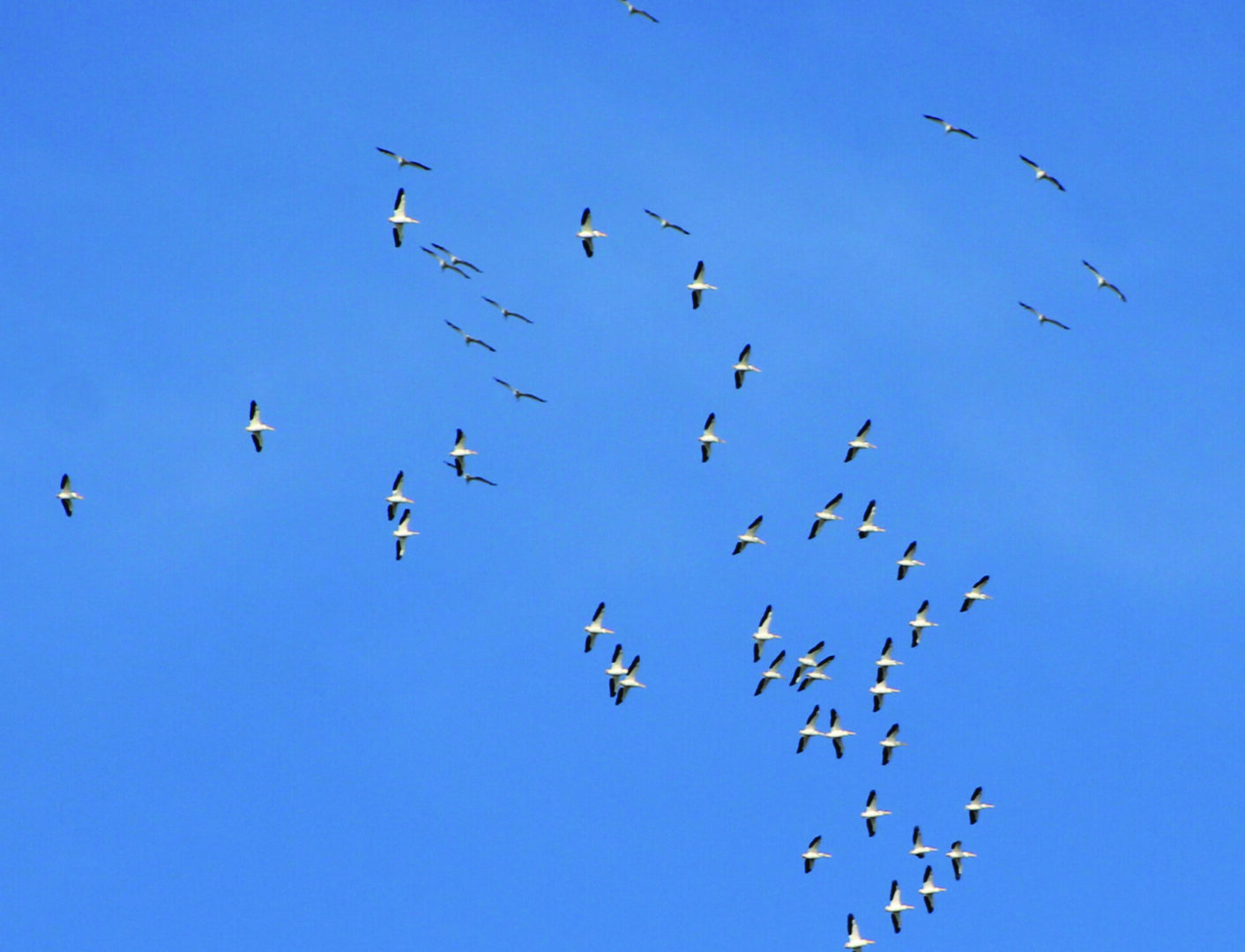
At least 132 of the regular Piney Woods bird species nest and breed in the forests. Species know to breed widely throughout the region in large numbers include multiple woodpeckers, American crow, Carolina wren, northern cardinal, blue jays, tufted titmouse, eastern bluebirds, and a variety of waterbirds.
Here’s a couple of places where you can see examples of some true Piney Woods treasures:
Big Thicket National Preserve: 6102 FM 420, Kountze, TX 77625
Sundew Trail loops through a wetland pine savannah with longleaf pine forest, great habitat for Bachman’s sparrows, brown-headed nuthatches, and several the eight woodpeckers in Texas. Kirby Nature Trail winds through a dense beech-magnolia-loblolly pine forest, a cypress slough, and a riparian zone that is home to thicket-loving birds, such as thrushes, thrashers, and Swainson’s warblers. A wetland pine savannah/longleaf pine restoration area offers open grasslands to birds such as Henslow’s sparrows. Canoeists and kayakers can explore the Cooks Lake to Scatterman Paddle Trail along the Neches River, where bird sightings include prothonotary warblers, ospreys, egrets, swallow-tailed kites, and both great and snowy egrets.
Gazebo Nature Preserve: While still in the early stages of development by Piney Woods Lakes Texas Master Naturalists, this area is in Polk County and sits on the bank of the Trinity River, just below Lake Livingston Dam. There’s a great view of the spillway that offers views of 100s of water birds, including masses of American white pelicans wintering on the lake. The pollinator loop has a quarter mile trail around what can look like a bunch of weeds or a wildflower meadow in the spring. The loop is surrounded by a wooded, wetland and grassland areas where 15 to 20 bird species can be spotted any day, including hawks, sparrows, and bluebirds.
Parks and Forests
• Sam Houston National Forest, the 160,000-acre woodland stretching across three counties (Montgomery, San Jacinto and Walker), and contains Huntsville State Park.
• Davey Crocket National Forest contains more than 160,000 acres of woodlands, streams, recreation areas, and wildlife habitat and is located in Houston and Trinity Counties within the Neches and Trinity River basins.
• Lake Livingston State Park is in the southern portion of the Piney Woods, just an hour north of Houston. The 635-acre park along Lake Livingston opened in 1977.
• Huntsville State Park is a 2,083.2-acre wooded recreational area, six miles southwest of Huntsville and within Walker County and the Sam Houston Forest
• Martin Dies Jr. State Park is a 1,300-acre recreation area nestled on the edge of the Piney Woods on the Steinhagen Reservoir in Jasper and Tyler counties. The heavily forested landscape boasts over a dozen types of trees – everything from the wispy bald cypress to loblolly pine.
There are many more great spots, but these are all within a couple hours’ drive. Get out in a park, forest or preserve and immerse yourself in the near Piney Woods.
Learn more about nature activity around Lake Livingston by joining a chapter of the Texas Master Naturalist or Texas Master Gardeners. Piney Woods Lakes Chapter of Texas Master Naturalist serves members across Polk, San Jacinto, Trinity, and Tyler Counties with volunteer opportunities, educational resources, and conservation projects. txmn.org/pineywoodlakes. SJC Master Gardeners serves members in San Jacinto and Polk Counties. Life-long learners and trained volunteers, master gardeners give time, knowledge, and expertise to improve the quality of life for neighbors and visitors. txmg.org/sjmg


